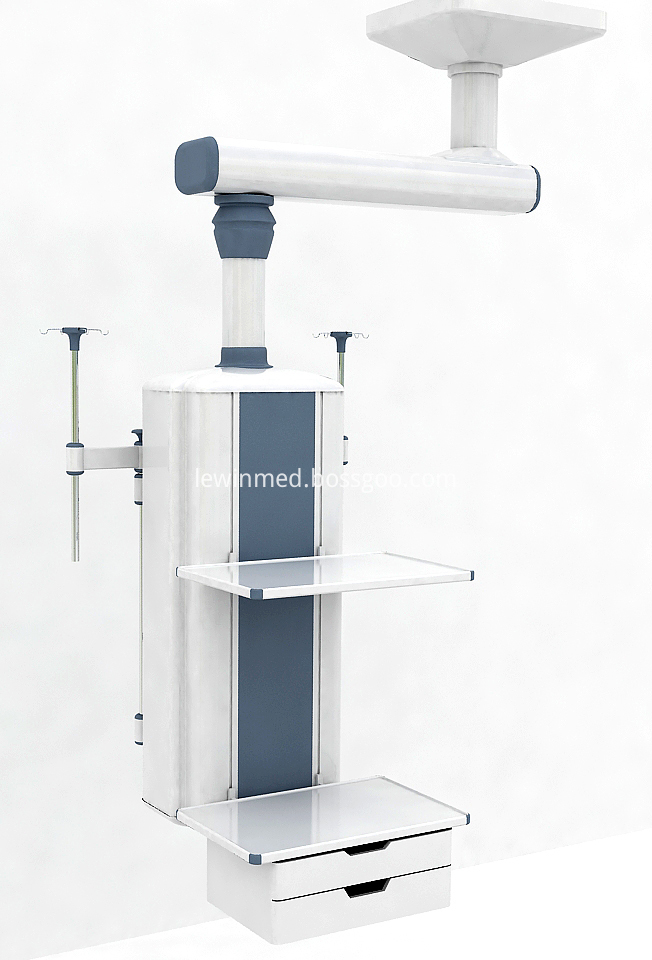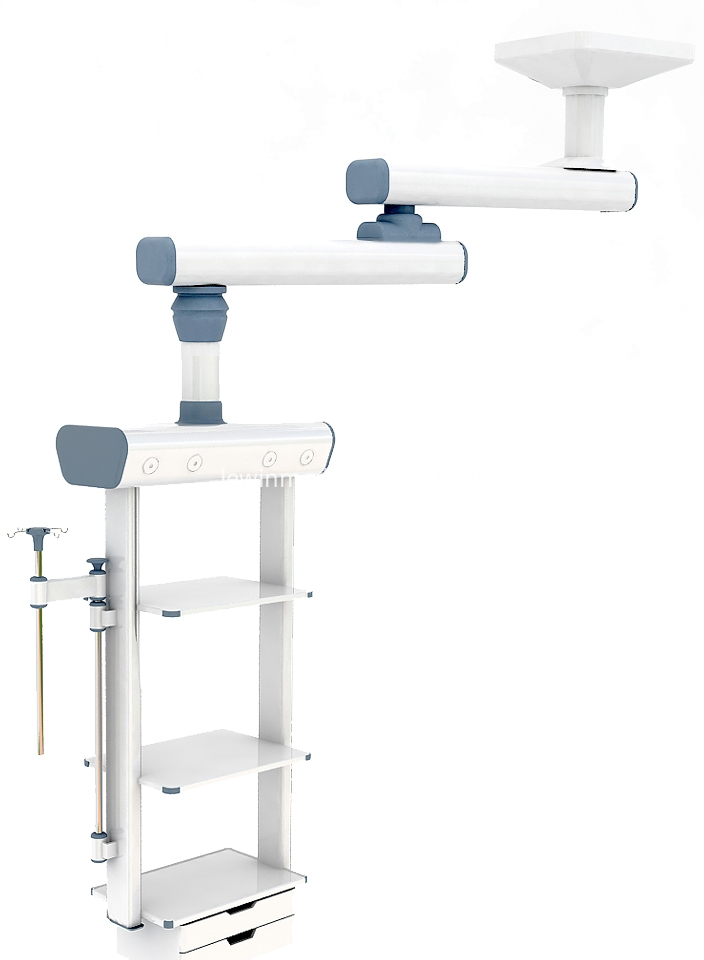Ginkgo biloba has strong adaptability and wide cultivation area. It is suitable for landscape tree gardening. Here are some notes on transplanting Ginkgo biloba: 1. Seedlings require seedlings to be strong, with a well-developed root system, white whitish roots, and a slightly red root bark, closely associated with the xylem. If the root system becomes dark, it may be long before the trunk is green. As a street tree should be selected more seedlings or male plants, the trunk is relatively straight, the same tree shape, branching points in the seedlings about 3 meters. Second, the planting of early spring planting easy to survive before sprouting, planting soil to use deep fertile soil, organic matter content of 1% to 3%, permeability of water permeability of the soil. Put the cooked organic fertilizer in the bottom of the pit and add 20 cm thick ripe soil to make it fully mixed so as not to burn the roots. If the weather is dry, fill the planting pit with water and let the water dry before planting it. Ginkgo is usually planted with earth balls. Ginkgo biloba is not easy to root after deep-buried, so it is better to plant in shallow depth, usually the root line of the original seedling is flat or 1 cm to 2 cm higher than the ground. Third, water and fertilizer management watered from 5 days to 7 days after loading. After the ginkgos have survived, they do not need to be filled with water. Usually, the first pass of water is poured before germination. In May, if the weather is dry, water can be poured for the second time to facilitate the growth and development of Ginkgo biloba. During the rainy season, water can be provided depending on weather conditions. Ginkgo is resistant to drought and drought, and it is necessary to pay attention to drainage during rainy days. Because of the large amount of respiration in the roots of Ginkgo biloba, it is necessary to prevent the root system from rot and die due to lack of oxygen in the soil. In the spring and autumn, fertilizing organic fertilizer with a circular fertilization method or hole-drilling method outside the canopy, watering after application. Ginkgo has false living and suspended animation. Some Ginkgo biloba can be unfolded even if the root system is dead. Even the second and third year can germinate, but the leaves are very small. When the nutrients in the tree are exhausted, it does not grow leaves. This is a false living phenomenon of Ginkgo biloba. Some ginkgo plants do not germinate in the first year, and they do not germinate even in the second year. However, the bark is still green. It takes only three years to start sprouting and leaf development. This is the phenomenon of suspended death of Ginkgo biloba. So some people say: Ginkgo biloba planting is not live for three years, and it is not dead in three years. 4. Pruning, cultivating and pest control Ginkgo biloba does not require special pruning. Before transplanting, it can be pruned and dried, and at the same time, cut off the dense branches, branches and branches, and branches and dead branches. During its growth, it is generally not trimmed due to its slow growth. During the conservation process, weeds should be promptly ploughed to reduce weeds and to facilitate the growth of trees. At the same time, we should improve the ventilation conditions of the soil, promote root growth, and establish new roots. The diseases and insect pests of Ginkgo biloba are rare. In the summer of high temperature and drought, seedlings or newly transplanted seedlings in the year, the base of the seedlings are easily burned and the bacteria invade, and rot occurs easily after the rain. In summer, shelters can be set up or controlled with Bordeaux fluid. The pests are mainly crickets. Ginkgo biloba is simple in cultivation, extensive in management, and is an excellent green tree species. The management of Ginkgo biloba after transplanting is very important, but the porosity of the soil and the ratio of the root size to the leaf reserve during transplanting can also affect the survival of Ginkgo biloba.
Creport3000 Series Medical Pendant equipment used in modern clean operation rooms and general operation rooms. It is an ideal and practical endoscopic workstation . This pendent is a practical equipment used in modern clean operation rooms and general operation rooms . All kinds of terminals such as for medical gas , electricity , network are all gathered on the control board.
Creport3000 Series Medical Pendant Anesthesia Pendant,Ceiling Pendant,Hospital Pendant,Medical Gas Pendant Shandong Lewin Medical Equipment Co., Ltd. , https://www.operatinglight.nl
